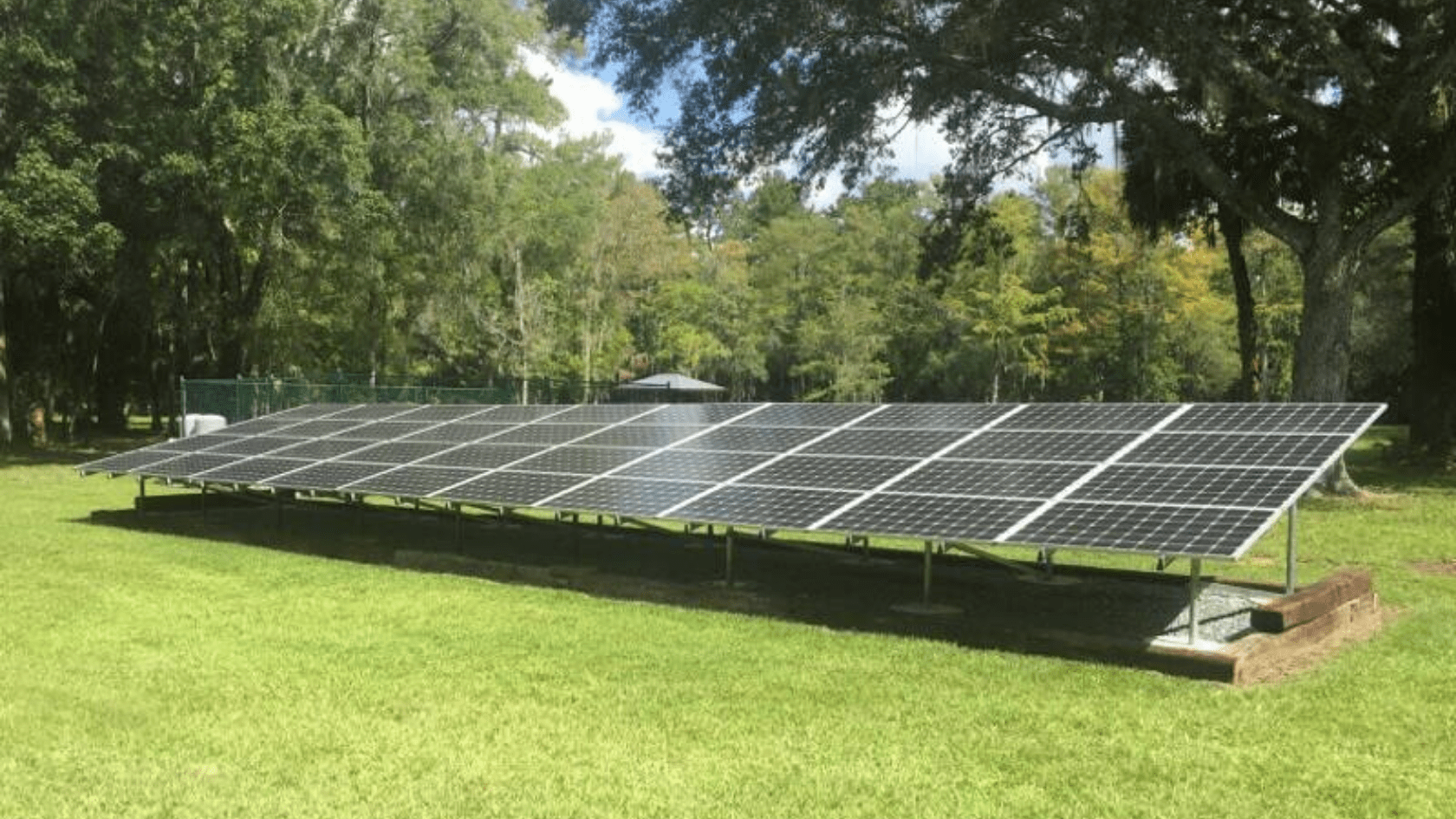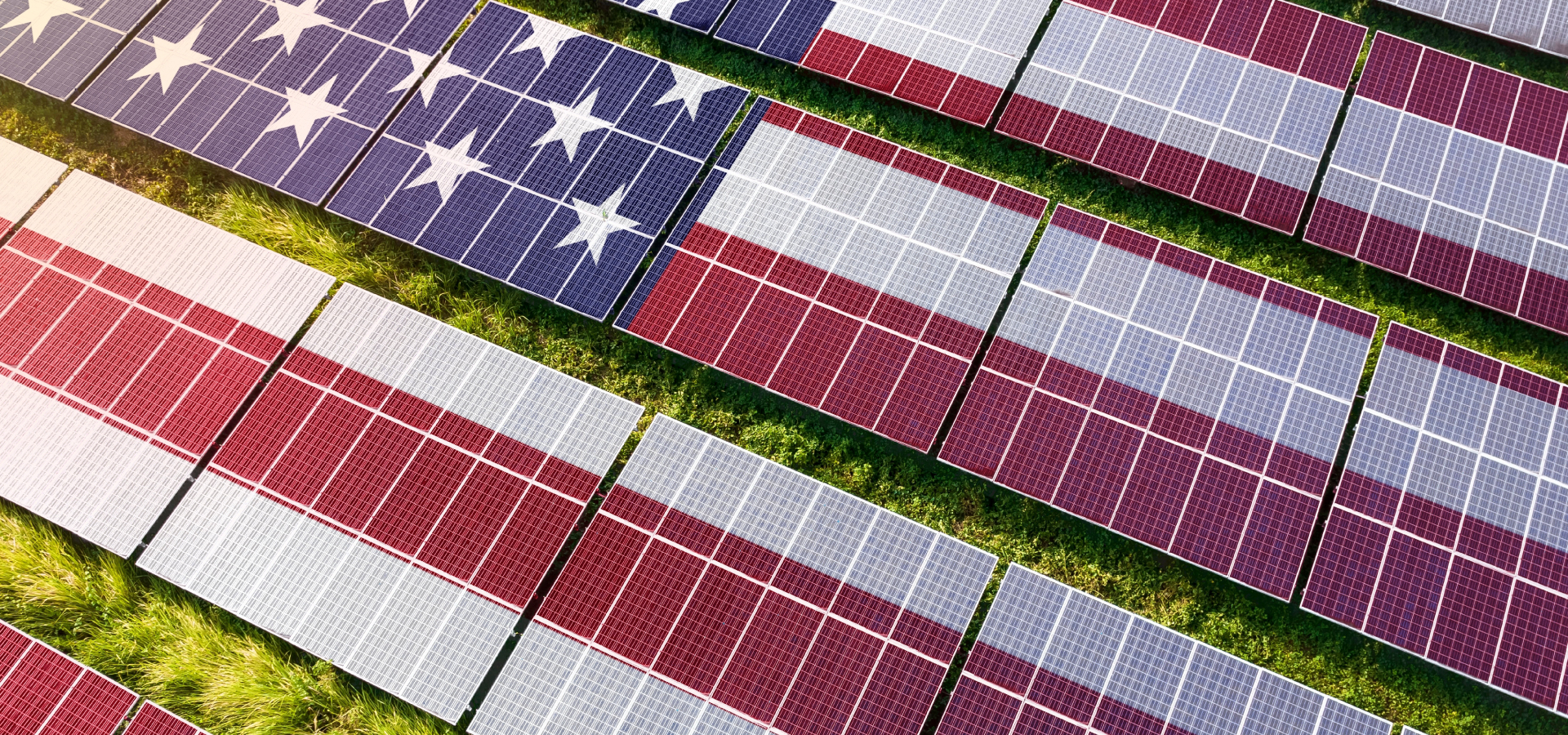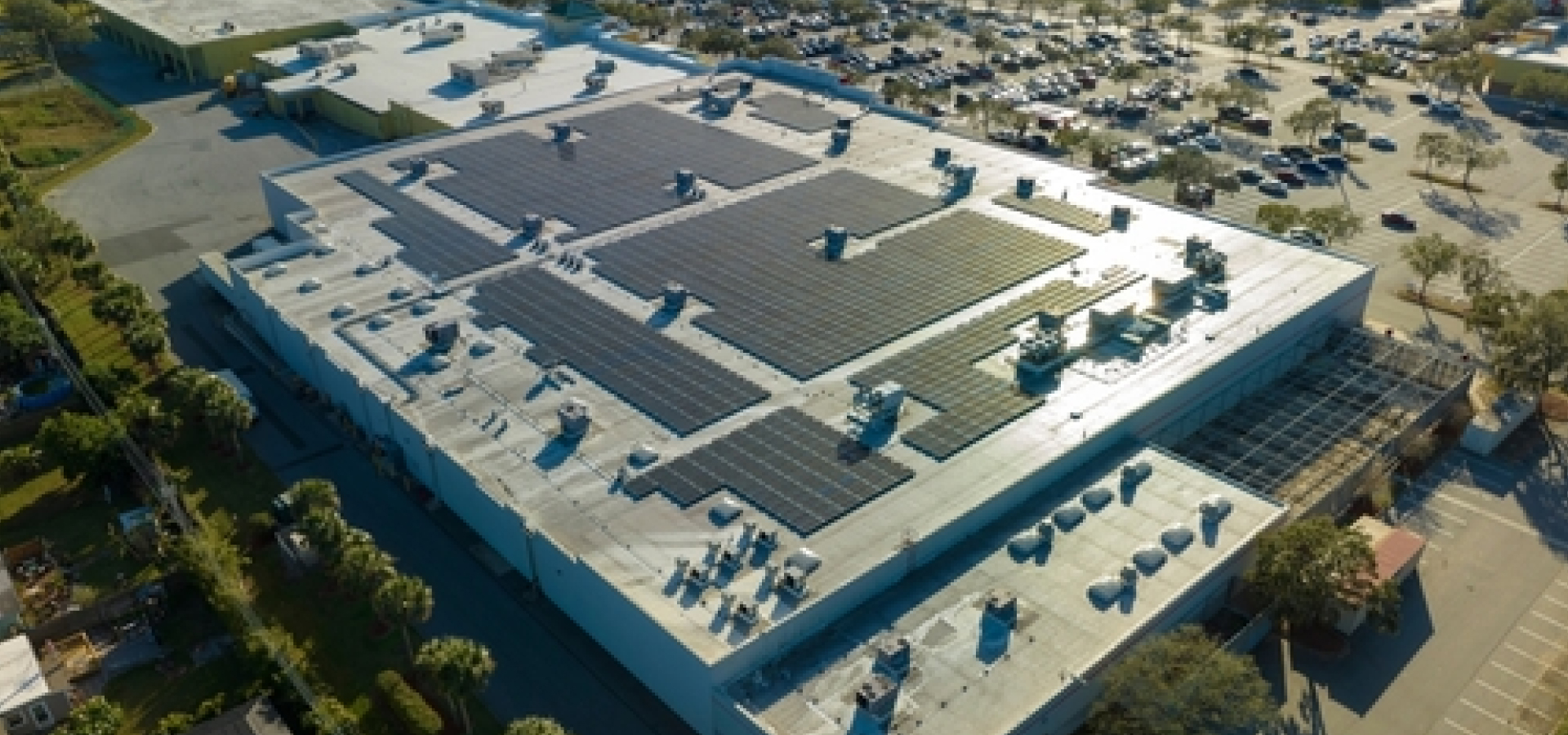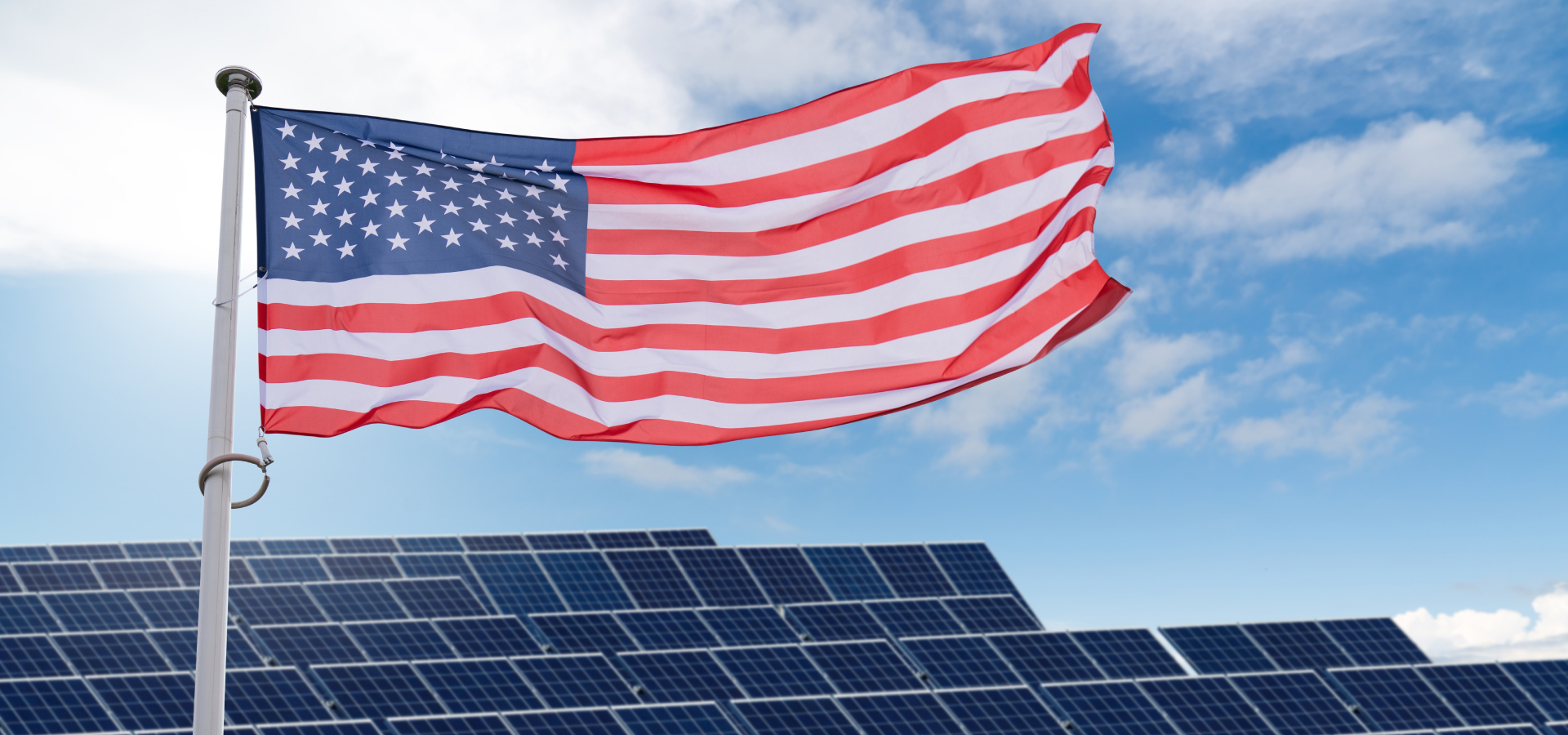Have you ever thought about where your electricity comes from?
Some might say, “As long as I have lights, air conditioning and Netflix, who cares?” But if you breathe oxygen, you should care—especially since in 2019 over 63% of the electricity generated in the United States came from burning fossil fuels. And in the course of burning all that coal and natural gas, millions of metric tons of toxic gases were released into the atmosphere.
The point is, we all breathe that air: poor, rich, and otherwise…even red states, blue states and red-state voters living in blue states!
Fortunately, there are some energy sources that don’t throw toxins into our atmosphere: 19% of our power grid energy comes from nuclear, 7% from hydropower, and 6% from wind turbines — but only 1.6% comes from solar. From a Floridian’s perspective, these are ridiculous metrics; we are shipping coal and natural gas from thousands of miles away to power a state that has enough sunshine to meet 10 times our daily energy needs!
In this blog, we’ll discuss some of the alternative energy sources listed above, and explain why solar power is the ideal fit for Florida homeowners.
Nuclear Power
Some of our power here in Florida comes from nuclear plants across the state.
Since the Three Mile Island nuclear crisis in 1979, there have been no new nuclear plants commissioned in the United States. Nuclear plants cost billions of dollars to build and maintain, and spent nuclear fuel rods — which are highly radioactive— need to be stored underground for hundreds, if not thousands, of years.
For this reason and many others, most Americans don’t want new nuclear power plants being built in their neighborhoods.
Wind Power
While some parts of the country—from the Texas panhandle to the Midwest—have a steady wind flow, the Southeastern United States lacks a steady daily wind, so wind power is not an effective option for homeowners in this region.
Another challenge with wind power is maintaining the turbines and shipping that power to the large population centers that need megawatts. There are over 20,000 wind turbines in the state of Texas, which help power large cities like Houston, Dallas/Fort Worth and San Antonio. But when engineers try to transport electricity over thousands of miles, there are always transmission losses, so wind power in Texas is unable to power Orlando or Tampa.
Hydropower
Hydropower is also a poor option for Florida because our topography is flat, with less falling water than other parts of the country.
Niagara Falls in upstate New York generates enough electricity to power 3.8 million homes, but Mother Nature and geography have not blessed Florida with massive waterfalls.
This leads us to our last option…
Solar Power
All of the factors listed above make solar one of the best options in this state.
When doing a cost analysis of commercial solar, Tampa Bay Solar found that our systems pay for themselves in five years, which means that over a 10-year time span, rooftop solar is now far cheaper than power from the grid. The five-year ROI on commercial solar takes into account the accelerated depreciation clause in the tax code for commercial solar installs. For 2022, there is also a 26% tax credit that applies to all photovoltaic solar panels, but the tax code states that residential solar is not allowed to apply accelerated depreciation to the cost after the tax credit.
Residential solar has a seven-year ROI at current energy prices per kilowatt. The current ROI figures for all solar installs are based upon current prices per kilowatt. As those utility prices increase, the ROI on solar will shorten, much to the benefit of anyone who has invested in solar.
This means that the solar array you buy in 2020 with a projected ROI of seven years might actually pay for itself in 5 or 6 years as utility rates increase.
Even better? Widespread adoption of solar is also good for our statewide economy. When fossil fuels are used here in Florida, jobs are created outside of our state; job growth in the North Dakota oil business does not put a dime in Florida’s tax coffers, but installing solar panels keeps the jobs here.
The State of Solar Power in Florida
Air conditioning is by far the biggest residential power need in Florida. These AC units are in highest demand during the day, when the sun is throwing abundant light on Florida rooftops. A modest solar array on every home in Florida would totally eliminate the need to burn coal for energy in this state.
The large utilities like TECO, Florida Power & Light, and Duke Energy are currently investing in huge solar panel arrays at a rapid clip, yet some Florida homeowners are still playing “wait and see” while paying the electric company $2,000 to $3,000 per year to burn coal and natural gas.
If more homeowners and business owners looked at their solar power options, there would be more jobs right here in Florida: installers, engineers, administrative staff, maintenance technicians, etc.
Tampa Bay Solar employs 30 to 40 installers, 4 office personnel and 6 sales personnel. These jobs exist because our clients right here in Tampa Bay are choosing to invest in their homes and commercial buildings, instead of sending their money to fossil fuel interests.
Tampa Bay Solar has installed solar panel arrays on 30 to 40 homes in many housing subdivisions across Tampa Bay, mostly in the last three years, for a total of over 600 residential and commercial installs.
As more homeowners see solar panels emerge in their neighborhoods, there will be a steady increase of solar installations across the state, especially as the price of electricity from the power companies increases.
Perhaps you want to make the move to solar power for environmental reasons. Or, perhaps you’re more concerned about the dollars and cents of your system.
Either reason is OK.
Tampa Bay Solar is ready and able to give you a reliable system at a competitive price that will make your accountant happy. Contact us today for your free energy audit and to learn how easy it is to begin your shift to solar power.




